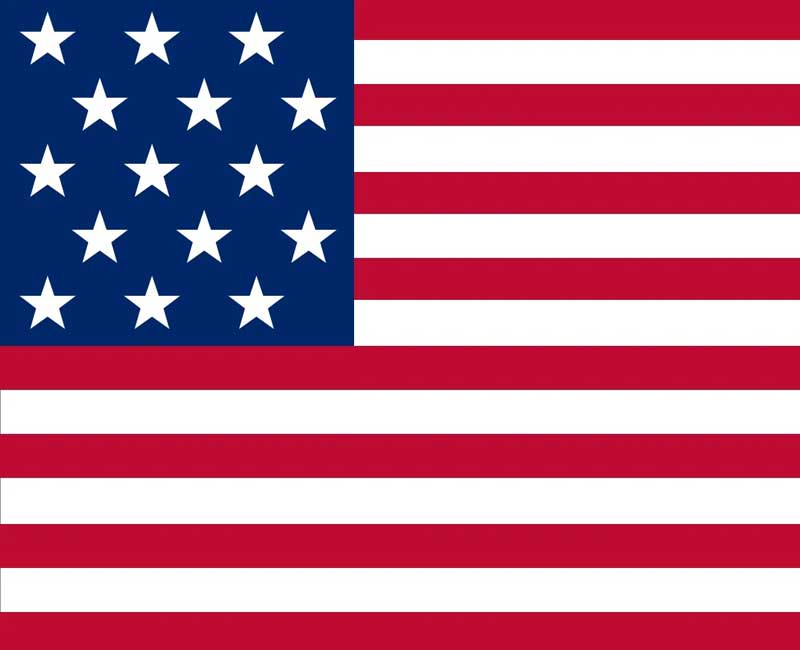
USA
The student visa process for the USA typically involves several steps. Here's an overview of the key stages:
1. Get Accepted into a U.S. School
- Before applying for a student visa, you need to be accepted by a U.S. school that is certified by the Student and Exchange Visitor Program (SEVP). Once you're accepted, the school will provide you with an I-20 form (for F-1 visas) or DS-2019 form (for J-1 visas).
2. Pay the SEVIS Fee
- After receiving the I-20 or DS-2019 form, you'll need to pay the SEVIS (Student and Exchange Visitor Information System) fee. This fee is paid online at the SEVIS website and is typically around $350 for F-1 students. Once paid, you'll receive a receipt as proof of payment.
3. Complete the DS-160 Form
- Complete the DS-160 form, which is the online visa application form for non-immigrant visas. You will need to upload a passport-sized photo and answer questions about your background. After submitting the DS-160, you'll get a confirmation page with a barcode that you need to print and bring to your visa interview.
4. Schedule an Appointment for a Visa Interview
- Schedule an appointment for a visa interview at the U.S. Embassy or Consulate in your country. Wait times for interviews can vary, so it's advisable to schedule well in advance. You can find the U.S. Embassy or Consulate website in your country to book your appointment.
5. Prepare the Required Documents
- When you go for the visa interview, make sure you bring the following documents:
- Your valid passport
- The DS-160 confirmation page
- Your I-20 or DS-2019 form
- SEVIS fee payment receipt
- Visa application fee receipt
- Passport-sized photo (if required)
- Any other documents requested by the embassy, such as financial proof to show you can afford tuition and living expenses in the U.S.
6. Attend the Visa Interview
- During your interview, the consular officer will ask about your study plans, ties to your home country, and your financial situation. Be prepared to answer questions clearly and honestly. They may approve your visa on the spot or request additional documents for further processing.
7. Visa Approval
- If your visa is approved, your passport will be stamped with your visa. The processing time for this can vary, so it's good to check the status with the embassy or consulate. Once your visa is ready, you'll be notified to pick it up or have it mailed to you.
8. Travel to the U.S.
- Once you have your student visa, you can travel to the U.S. You are allowed to enter the U.S. up to 30 days before the start date mentioned on your I-20 or DS-2019 form.

Key Visa Types
- F-1 Visa: For academic students enrolled in a full-time program at a U.S. school.
- M-1 Visa: For vocational or technical students.
- J-1 Visa: For exchange visitors, including students in certain exchange programs, sponsored by educational or cultural exchange programs.
